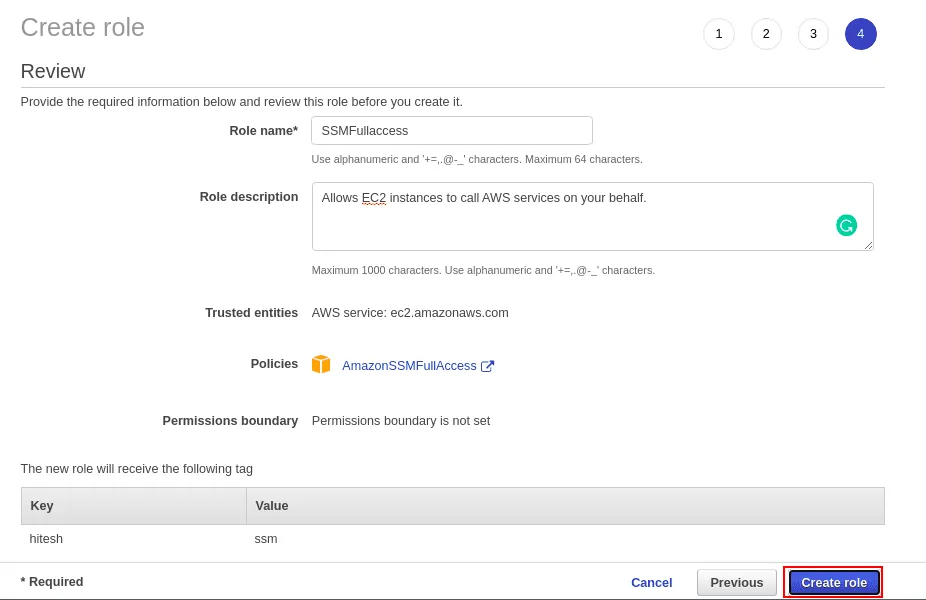

Note: When creating the endpoint - MAKE SURE YOU ENABLE PRIVATE DNS NAME! Pretty cool right? This is what allows a VPC without internet access to be able to leverage SSM’s Remote Session manager. However, with VPC Endpoints, the REST call goes to the API endpoint but- gets routed from the VPC directly to the public facing API though AWS network backbone, thus never going out to the public internet and staying internal to the AWS infrastructure the entire time. Traditionally, if you needed to make a call to the EC2 service API, the REST call would be routed through a NAT, or IGW and go through the public internet provided by an internet service provider (ISP) and then hit the public facing EC2 API. If you’re not familiar with VPC endpoints, it’s a way of routing destined internet traffic to AWS public API endpoints through the AWS internal networking infrastructure. If you find yourself in the situation I described above - a VPC without internet connectivity, you need to enable six VPC Endpoints.
#Aws session manager install
It’s a simple install and all directions can be found here. That’s right, if you want to use the remote session function from your workstation then you need to install an additional plugin to the AWS CLI. This makes things more difficult, but luckily for us there is a solution - I’ll talk more about this later. If you are in an organization that leverages Direct Connect with your AWS Infrastructure, chances are that you may have VPCs that have intentionally been created without an Internet Gateway (IGW) and NAT Gateways - thus your only access to the internet is through your corporate data center. This is not a luxury everyone has available. Let’s dive into the “less common” requirements. Additionally, if you’re an enterprise user with Direct Connect - things can get a bit trickier. However, as everything else in life there are less obvious requirements than the three I mentioned above. When you have the three requirements checked of for your instance(s), you are ready to take off the training wheels and start using SSM’s Remote Session. That being said, I recommend you make your own policy based of the default provided policy that does not include the following permission s3:* (more on this later).

AWS provides a default SSM policy for your convenience named, amazonEC2RoleforSSM . In order for the SSM agent to communicate with the AWS SSM API endpoints, it needs the proper IAM permissions. This is a step that often causes confusion or that is missed.
#Aws session manager windows
By default the SSM agent is installed on Amazon Linux, Amazon Linux2, Ubuntu Server 16.04, Ubuntu Server 18.04, and all Windows Server AMIs.

If you manage AWS for an organization, big or small, chances are you have several Secure Shell (SSH) keys laying around you hardly use, OR WORSE, you don’t recall the account the key was made for.


 0 kommentar(er)
0 kommentar(er)
